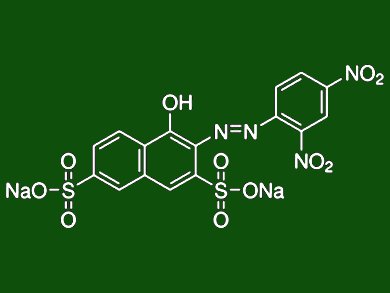The photoacoustic effect refers to a phenomenon where light irradiation generates sound waves caused by heat release. It forms the basis for photoacoustic imaging, a highly desirable technique in biomedicine due to its non-invasive nature.
Guided by basic principles of photoacoustic imaging, Kevin W. Davies and colleagues at Florida Gulf Coast University, Fort Myers, FL, USA, have identified Nitrazine Yellow (NY) as an ideal reporter molecule for pH, a quintessential physiological parameter. As a pH-sensitive azo dye that is capable of rapid and quantitative light-to-heat conversion, NY shows well-behaved photoacoustic responses as a function of pH. In addition, NY’s performance is not interfered by turbid media, and its bioconjugates inherit such excellent photoacoustic properties, making them promising candidates for in vivo real-time pH imaging.
- Characterization of Nitrazine Yellow as a Photoacoustically Active pH Reporter Molecule,
Jordan E. Brown, Lilibet Diaz, Ty Christoff-Tempesta, Kathryn M. Nesbitt, Julia Reed-Betts, John Sanchez, Kevin W. Davies,
Anal. Chem. 2015.
DOI: 10.1021/ac503515k




